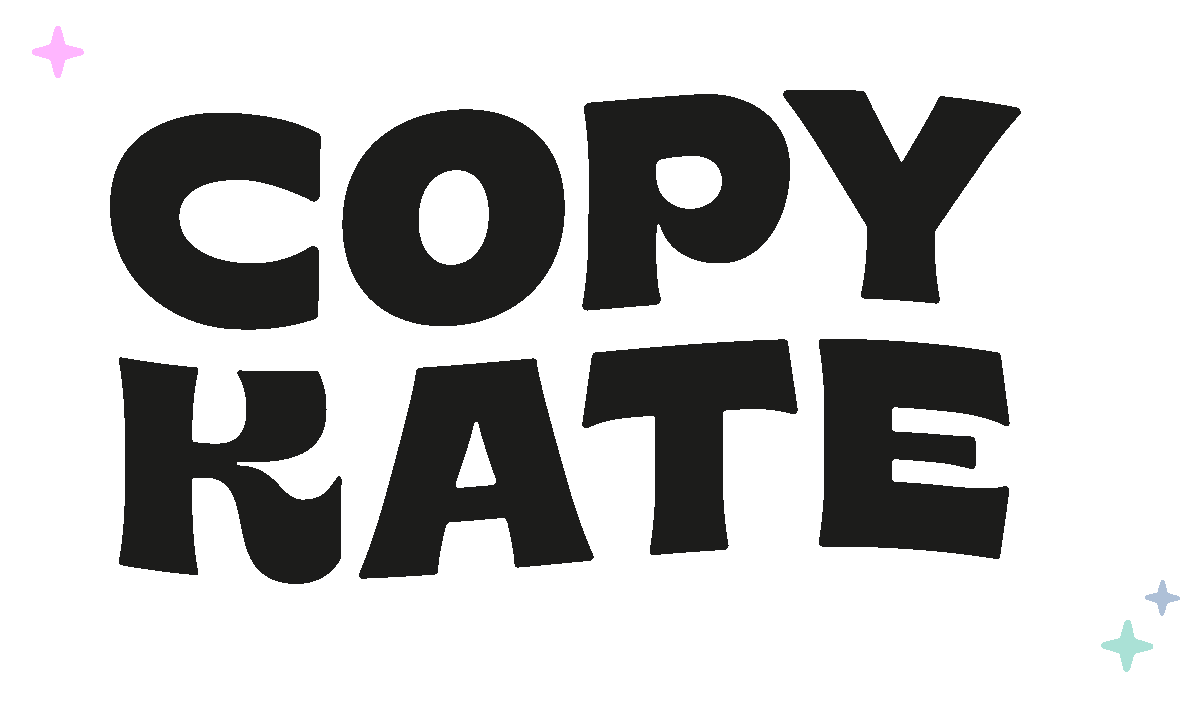How to avoid tone-deaf messaging
We've all been there. You've meticulously planned out your content calendar, your Instagram grid is a visual masterpiece, emails are zipping out like clockwork, and you've built a respectable follower count. But despite ticking all these boxes, something still feels... off.
Sound familiar?
The uncomfortable truth might just be staring you in the face: your messaging might be tone-deaf.
Now, before you panic, let's clarify something: tone-deaf messaging doesn’t necessarily mean you're insensitive or offensive. (Though that's definitely part of it sometimes.) More commonly, it means you're speaking at your audience instead of having a meaningful conversation with them. You're not hitting the emotional notes that resonate deeply with the very people you're trying to connect with.
Here's how you can recognise tone-deaf messaging and, most importantly, how you can avoid it.
Understanding tone-deaf messaging
Tone-deaf messaging happens when your content doesn’t truly reflect the realities, needs, or feelings of your audience. It's a classic symptom of talking before listening. You can spot it easily when:
Your engagement rate is flatlining despite consistent posting.
Followers aren't converting into customers.
Comments or feedback suggest confusion or disconnect.
You feel like you're constantly guessing at what your audience wants instead of knowing it confidently.
Here's the good news: it's fixable. It starts with shifting from speaking into the void to actively listening and responding to your audience's genuine concerns, language, and emotions.
Step #1: Listen more, guess less
First things first, stop guessing. Start listening. I mean really listening. Ditch assumptions about what you think your audience wants or needs and replace them with actual conversations.
Try this:
Take time to read comment sections, reviews, and DMs. Listen to what people are already saying about your product or service.
Schedule one-on-one conversations with a handful of ideal clients. No sales pitches—just genuine curiosity.
Use interactive features like polls, question stickers, or surveys to get real-time insights.
The goal is to hear your audience in their own words, understand their emotions, and gather insights that genuinely resonate.
Step #2: Ask better questions
Effective messaging always starts with asking the right questions. Your customers are motivated by very specific needs, challenges, or desires. Your job is to uncover these.
Ask yourself—and your audience—the following:
What motivated them to seek your product/service in the first place? Are they solving a problem, fulfilling a desire, or avoiding pain?
What specific problems do they have that you can uniquely solve? Be granular here. Generalities won’t help you.
How do they describe their challenges and themselves? Your customers' language is a goldmine for relatable copy.
What questions are they already asking about your offer? Knowing their doubts and hesitations lets you proactively address them.
Who else are they considering, and why would they choose you instead? Understanding your competition helps you clearly differentiate your value.
Step #3 Reflect their reality
Once you have these answers, your job gets significantly easier—and your copy gets significantly better. Now you can write in a way that reflects their actual lived experience.
For example, let’s say you sell a skincare product targeted at busy moms:
Instead of saying: "Our lotion moisturises effectively and absorbs quickly." Try something more reflective of their reality: "No time to wait for lotion to dry with toddlers running wild? Our quick-absorbing moisturiser means one less thing slowing you down."
See the difference?
Step #4 Check for sensitivity and inclusivity
This is BIG. Tone-deaf messaging often stems from overlooking the diverse experiences of your audience. Always double-check your messaging for inclusivity and cultural sensitivity. Ask yourself:
Could this message unintentionally exclude or alienate anyone?
Is this culturally aware and respectful?
Would someone with a different experience find this messaging relatable?
Inclusivity doesn't just avoid problems—it expands your reach, genuinely connecting with a broader audience.
Step #5: Make it a conversation, not a monologue
No one likes being talked at. Great messaging is conversational—it’s like a friendly chat over coffee, not a corporate speech from a podium.
Quick tips:
Write as you speak. Ditch jargon, overly formal phrases, or industry buzzwords.
Use short sentences and simple language.
Incorporate questions and direct address (using "you" and "your") to make readers feel directly involved.
When in doubt, read your copy aloud. If it sounds stiff or unnatural, rewrite it.
Step #6 Test, learn, and adjust
The last critical step: don’t get complacent. Your audience’s needs and language will evolve, and so should your messaging.
Continuously measure how your messaging resonates:
Which emails get opened most?
Which social posts drive engagement and comments?
Which messaging drives actual conversions?
Final thoughts
Remember, avoiding tone-deaf messaging isn’t just about dodging controversy- it's about deeply connecting with your audience. It’s about empathy, listening, and genuine conversations.
Great messaging isn't just clever words on a page; it's the art of making your audience feel understood. Master that, and your messaging won't just resonate, it'll create real, lasting connections that turn followers into loyal customers.
